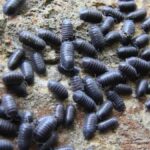Woodlice are a common household pest that can cause many nuisances if you leave their numbers to accumulate.
While they might not pose any health issue in your home, their infestation can get bad and difficult to handle.
How do you deal with woodlice? Where do they come from? Do you know how to prevent woodlice from coming into your home?
I’ll answer those questions and more right here!
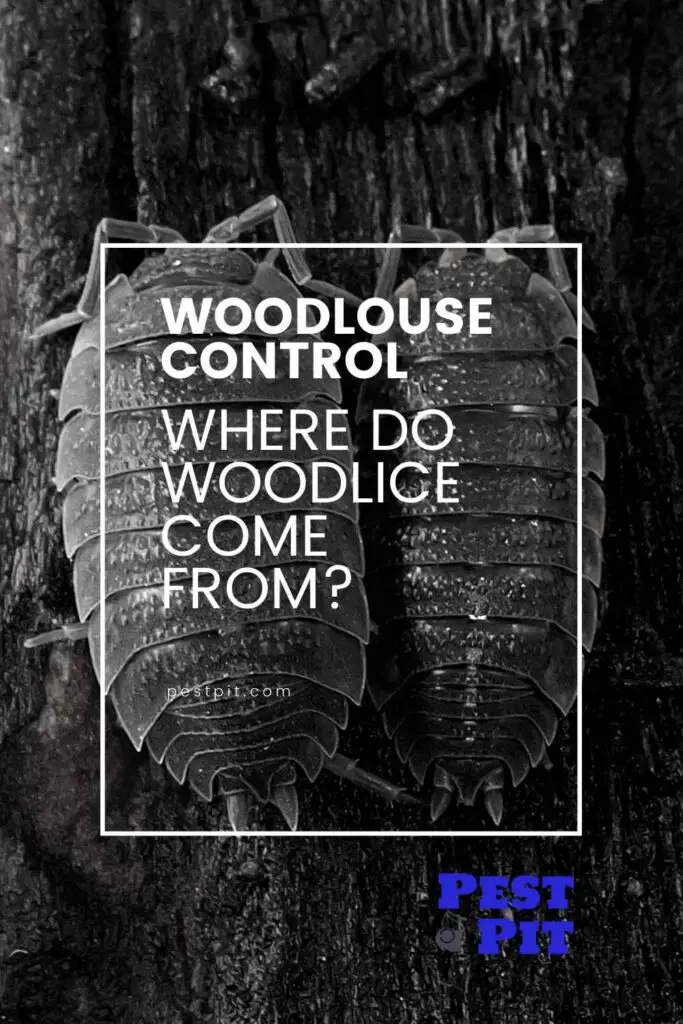
What are woodlice?
Woodlice are not insects but a species of crustacean related to shrimp and lobsters.
Unlike shrimp and lobsters that live in water, woodlice thrive on land.
They feed on decaying matter, including animal droppings, rotting fruits, and dead plants. Woodlice are somehow harmless pests because they don’t feast on living creatures.
You can easily spot them as they have an oval shape with greyish color. Furthermore, their body is segmented and made of a softshell. They are about 13mm to 15mm long, with two pairs of antennae and seven pairs of legs.
Here is a picture of a woodlouse (Woodlice is plural):
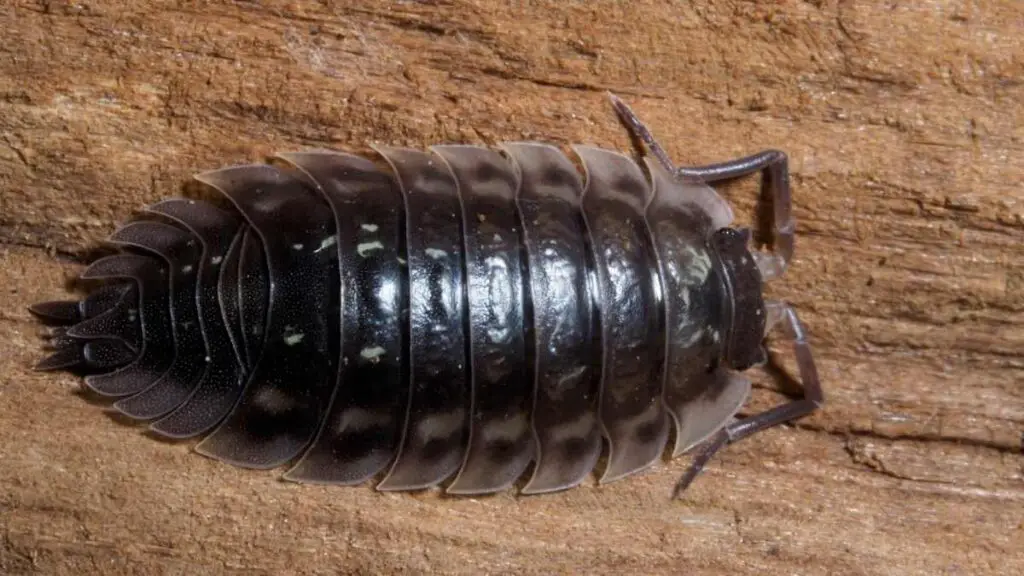
Here are some answers to woodlice-related questions I put together!
Where do you find woodlice?
Dealing with woodlice isn’t easy, as they can be found anywhere that is damp and covered.
However, the most common places you can find woodlice are in your garden, home, basement, and bathroom.
Let’s look at a few of these places and how you can get rid of woodlice before they reproduce and infest your home.
Gardens
Woodlice are commonly found in gardens, where they can easily find their way into your home.
Most times, they usually live beneath soil and stones. However, you can see woodlice in your home as well.
Generally, their natural habitat is the garden; they live under rotting leaves, dead wood, stones, plants, and stumps.
While woodlice don’t harm the plants in your garden, they carry diseases that can transfer through your pets.
Woodlice are different from other insects, that you can easily control them using traps or spraying something around your surroundings.
A mulch bed, for instance, is one of the best breeding grounds for woodlice since they like moist environments. You can spray insecticides around this area but be warned; it doesn’t discriminate! It will kill lots of insects in that mulch bed too.
Basement
If your basement is damp or you live in an area with moisture, you may easily find woodlice in these areas.
Your basements or damp spots will attract woodlice because they love being close to water sources.
You have a different situation if you observe woodlice inside your basement or bathroom. The best way is to remove their eggs to avoid reproduction in the affected area.
Another option is to use a fan or dehumidifier to minimize the humidity in your basement.
It might be a good idea to keep your humidity level below 60% to reduce the chances of infestation in your home.
Home
You can also find woodlice in your home if your surroundings are damp. Mold, rotting items, and damp wood attract them the most.
In the worst case, you might find them eating paper, including wallpaper, inside your home. One of the first things to do to prevent woodlice from entering is to ensure you remove any vegetation within the perimeter of your home.
Treatment Woodlice at home
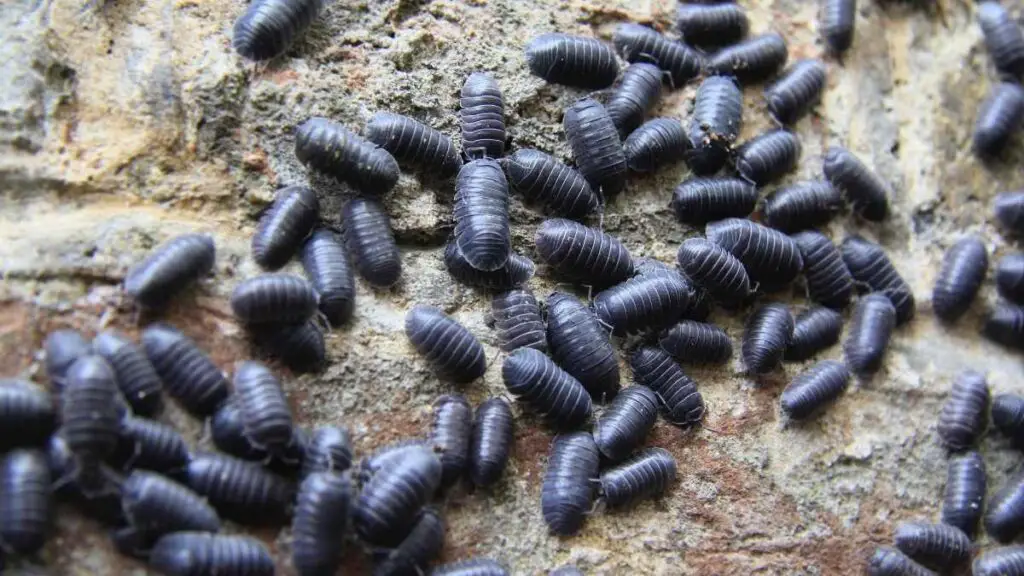
As mentioned earlier, woodlice are pests you see mostly outside but can gain access to your home. In most situations, you will find them outside the perimeter of your building.
However, to minimize woodlice indoors, it is advisable to remove any tubs or pots from the wall of your home. These are known for serving as breeding nests for woodlice.
In addition, using a mastic sealant, you need to seal any cracks in your home while sealing door frames and windows.
You can also remove any vegetation close to your home, especially plants that grow close to your wall from the outside. These will attract woodlice close enough to your home to be a potential problem.
There are also chemical methods to control woodlice, but they can be very toxic to the environment and health. Always consult a professional pest control technician if you want to go this route.
Outdoor Control Measures
Dealing with woodlice shouldn’t cost you much money. You can do things outside your home to reduce the chances of getting a woodlice infestation.
- Clear your gutter regularly
- Keep your drains free of any debris
- Fix any water leakages near or inside your home
- Apply insecticide to the plants near your home
- Do not store any wood or rotting materials near your home
General Tips for Removing Woodlice
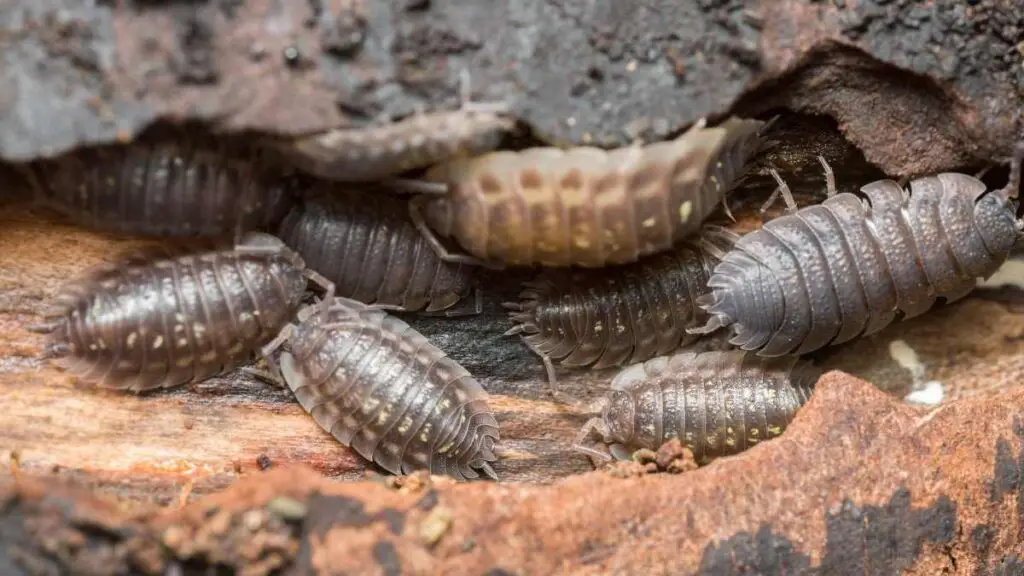
If you find woodlice in your basement, garden, or bedroom, the first thing to do is remove hiding places.
Allow the soil to dry (if you can) since they like to hang around damp areas. Furthermore, remove any dead plants and trash around your house; you can also check if you have any firewood and remove it.
You can also seal any cracks in your walls to avoid entry points.
Use anti-insect spray. If you have kids and pets in your home, this might be very toxic, so always read the instructions first and adhere to them.
Alternatively, you can use electronic pulsing devices that emit high-frequency waves to repel any pest around your home. Some folks I know have successfully used these to control pests such as woodlice.
Conclusion
Woodlice are household pests that can be a pain if left.
They like dark and damp places, so you can easily find them hiding in compost heaps, under stones, and in the walls.
Usually, woodlice get attracted by moist areas and enter your home as they wander around your premises.
Although very common, they are harmless, unlike other household pests. Furthermore, they don’t transmit diseases, bite, or sting.
Nevertheless, if you have moist wallpaper in your home, it can become a feasting place for those little creatures. That is why ensuring your home and surroundings are woodlice-free is essential, as it is much harder to get rid of them once they have already infested your premises.
Good luck!

